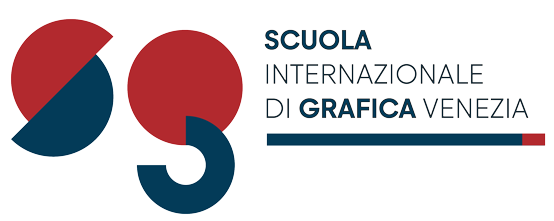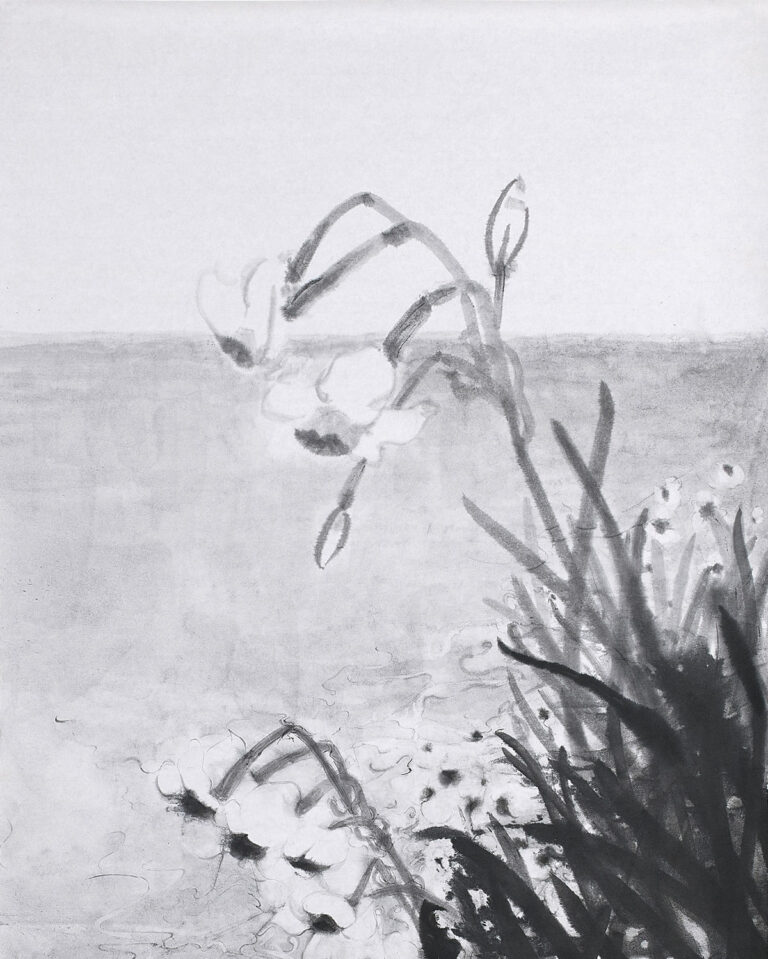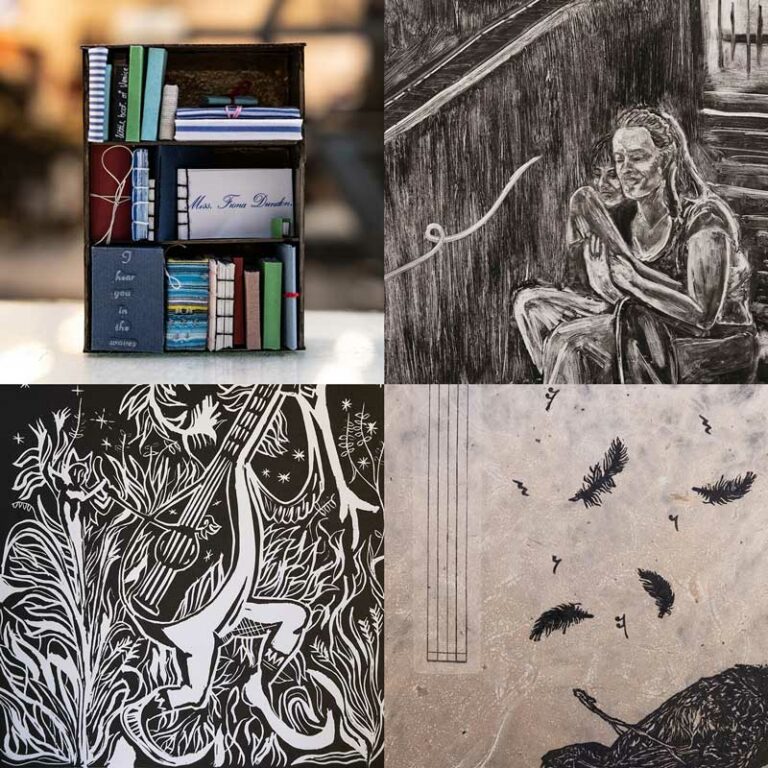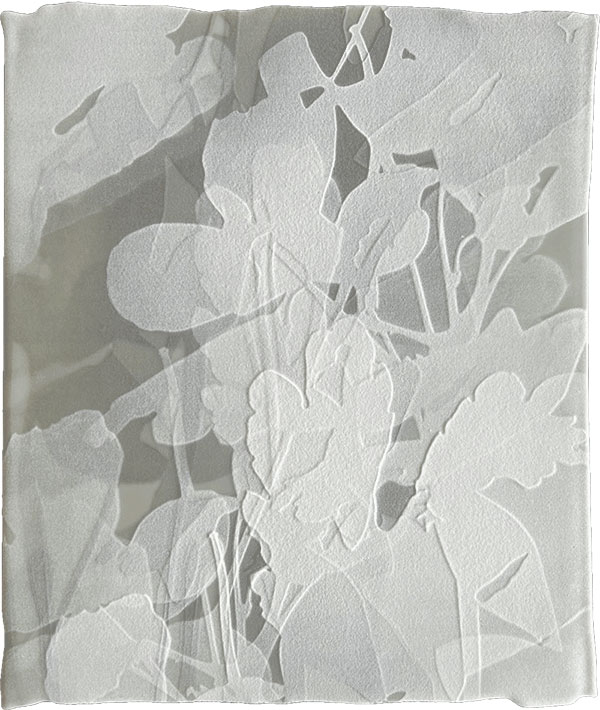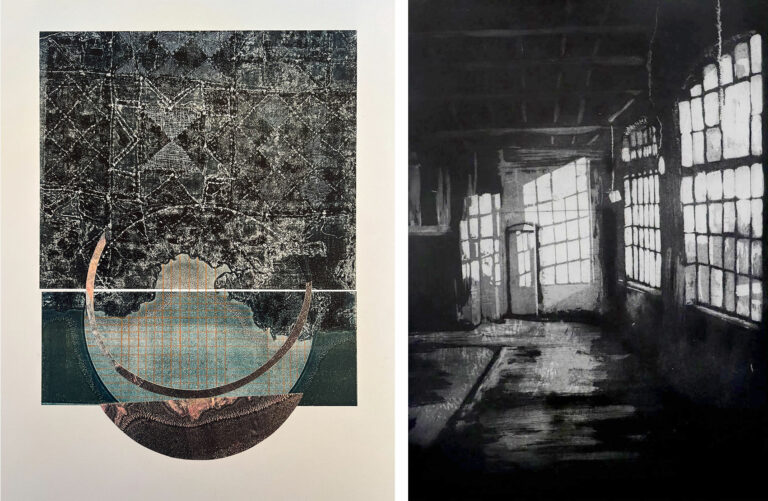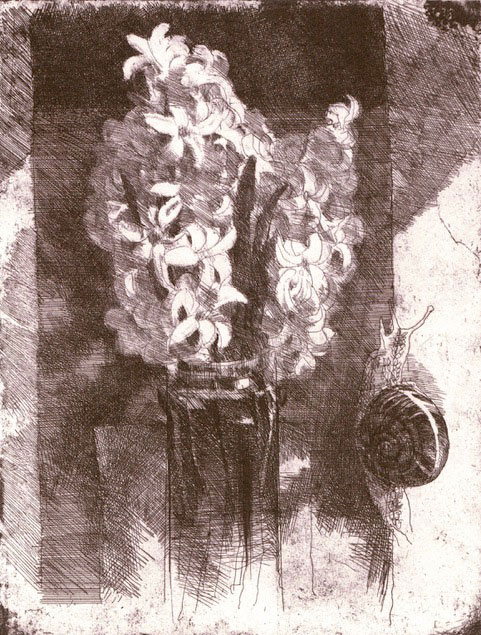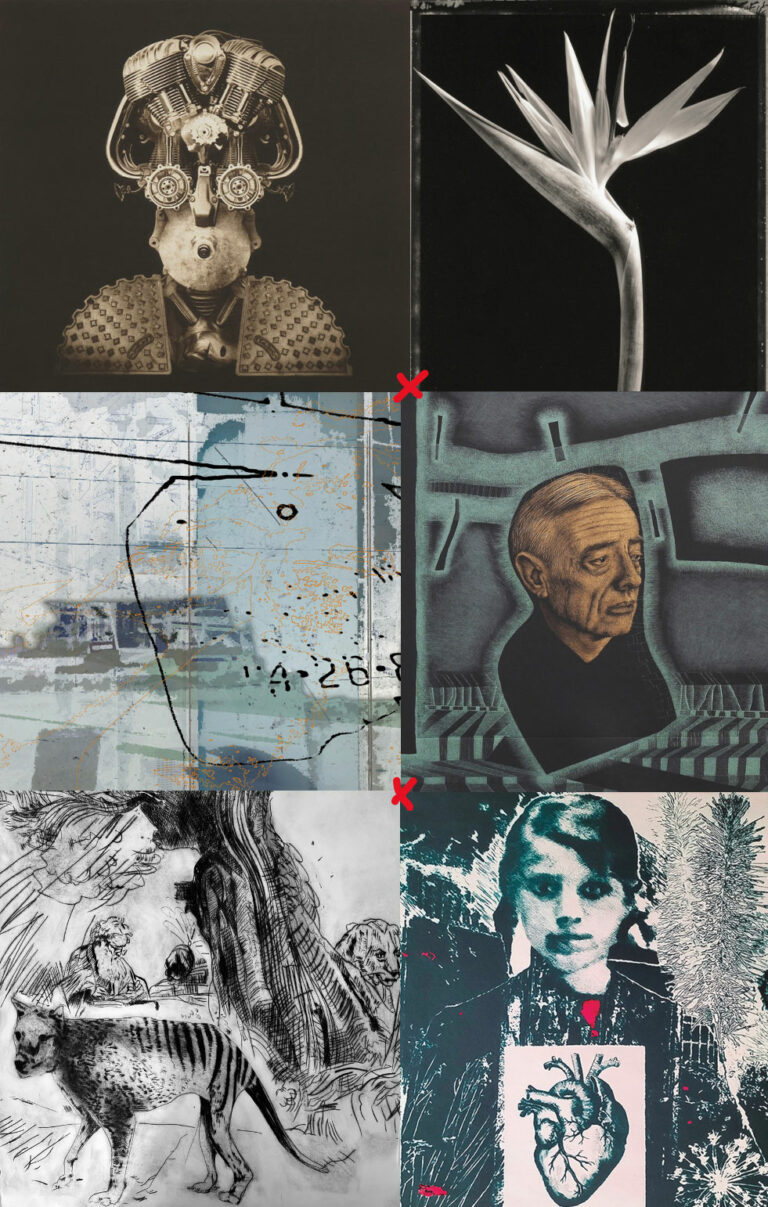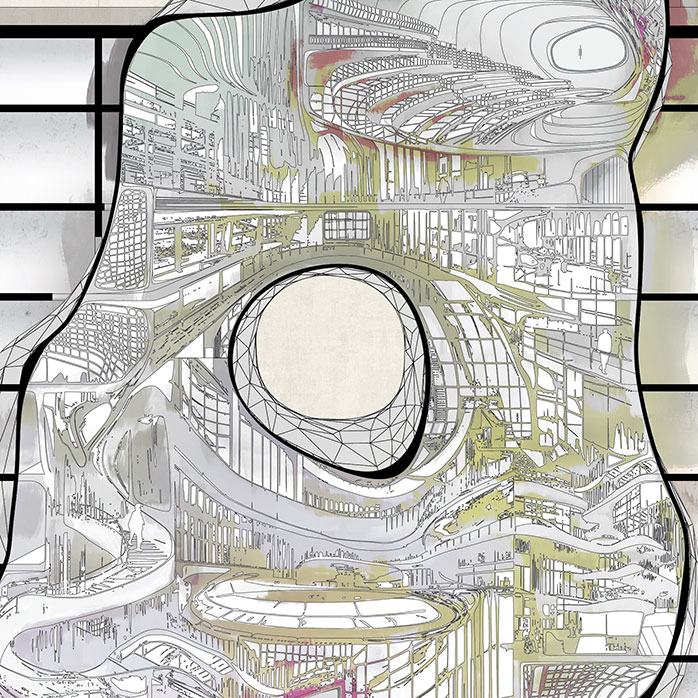
Venice is a city woven from memory, its architecture a living testament to centuries of trade, craftsmanship, and resilience against the forces of nature. When destruction threatens its fabric – whether through rising waters, neglect, or modernization – the loss is more than physical; it severs the continuity of history. The future of Venice lies not only in preservation but in its ability to transform.
Architecture is a container of collective memory, once it is destroyed, connection to the continuity of history is in danger. How do we retain memories of the past yet are able to transcend it? In this age of realism destruction marks a dramatic proliferation of the unbuilding of cities worldwide, challenging the traditional notion of architecture as the vehicle of hope and progress.
Yet, the XXI century shows how design and architecture are engaged in destruction, but also what options architecture has to confront these situations. Even in destruction there is hope. However, with globalization of the world, a sense of place is being lost. Worldwide, metropolises morph one into another, while rich cultural heritage fades into the background. Venice knows this like no other with the rising issue of over-tourism and preservation of its heritage. Ukraine, on the other hand, throughout history did not have a clear architectural style and thus identity within it. Looking throughout history, we can notice four distinct genres that make up the bulk of what can be seen within the country – Byzantine architecture of Kyivan Rus’, European and Ukrainian Baroque, traditional architecture (often found in small villages and wooden churches) and lastly Soviet Modernism.
Yet when the war is over, in what style do we build, and still retain collective memory and identity? Memory in Motion proposal is a framework rather than a solution. Using Machine Learning, it blends these styles to create a unique, arguably distinct Ukrainian architectural language. The new ways of living will not be the same as the old.
Protocols of human interaction are changing. Our cities, whenever it overburdened Venice or war-torn Ukraine – must adapt. The familiar old must be transformed, by conscious intention and design, into the unfamiliar, radical new.
Bogdan Seredyak→ is Ukrainian born architect and multi-disciplinary artist specializing in spatial design, urbanism, and emerging technologies with a focus on social projects and speculation.
In 2012 graduated from New Jersey Institute of Technology, Faculty of Architecture and Design. Since 2018, he has run his solo practice, aiming to enhance human-centered environments through practical design, site-specific installations, and diverse architectural projects rooted in urban and social research.
With experience in New York, Kyiv, and Tokyo, his work challenges perceptions of space through responsive architectural interventions. He is currently based in Amsterdam, Netherlands.

